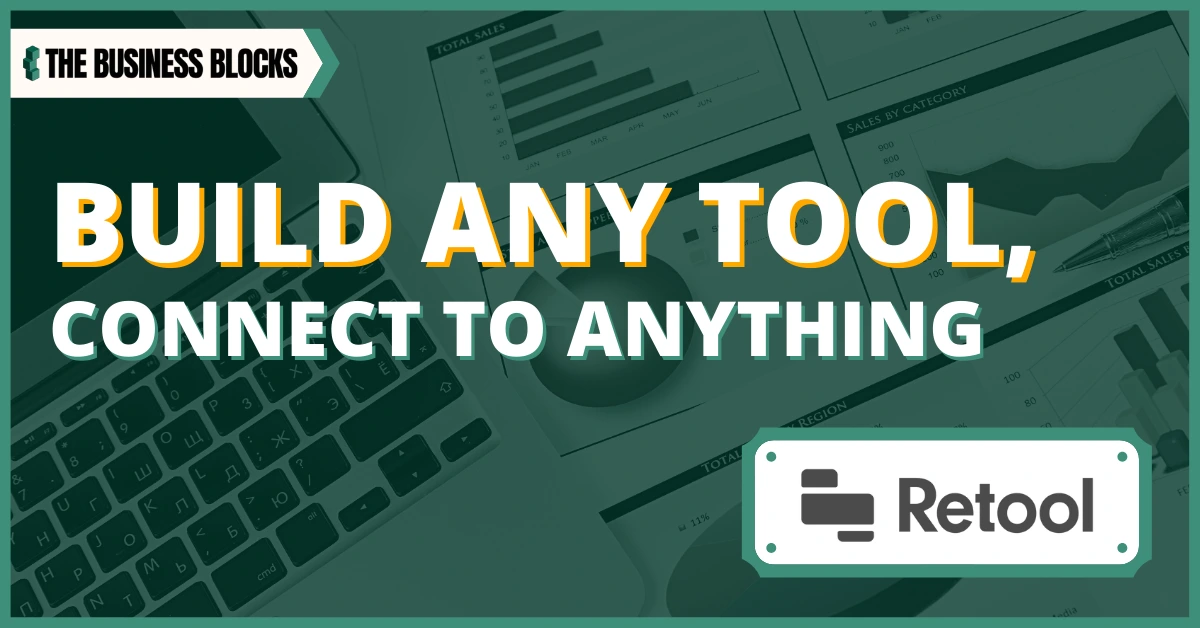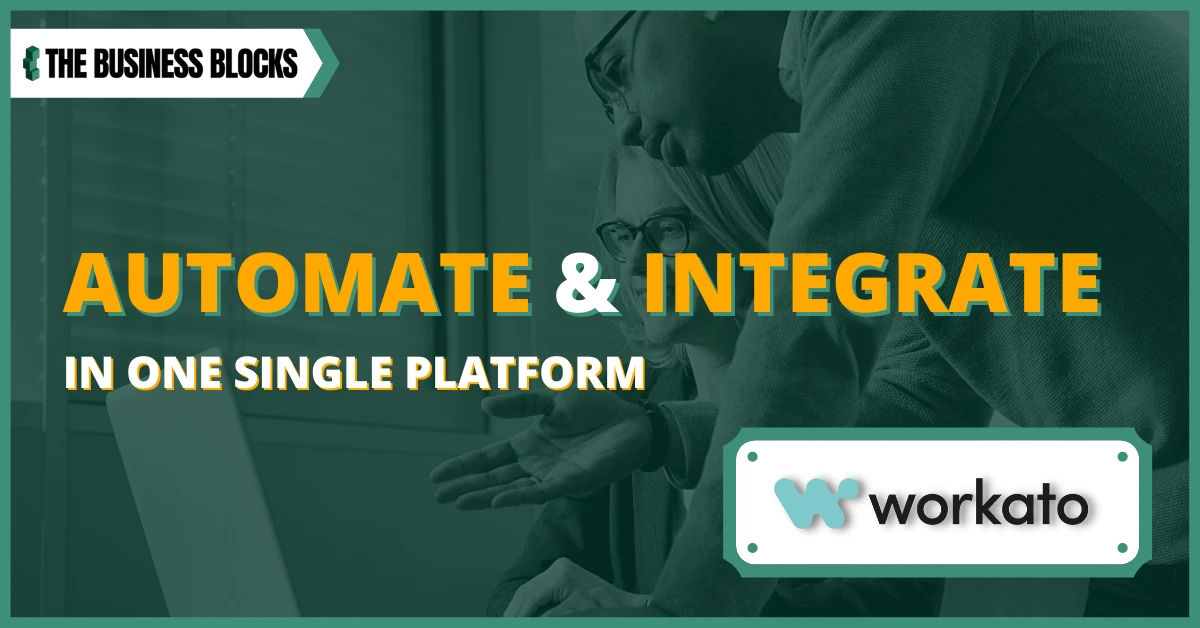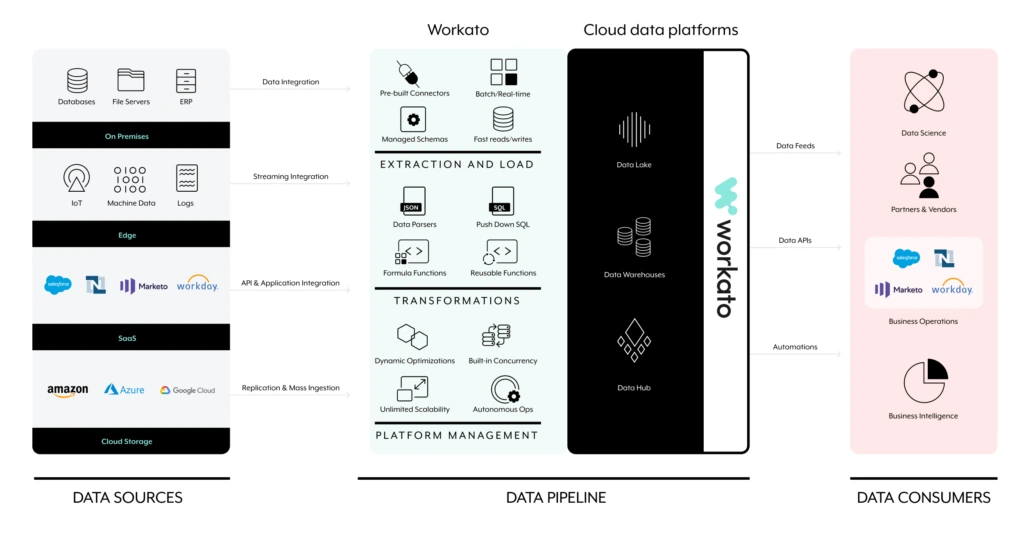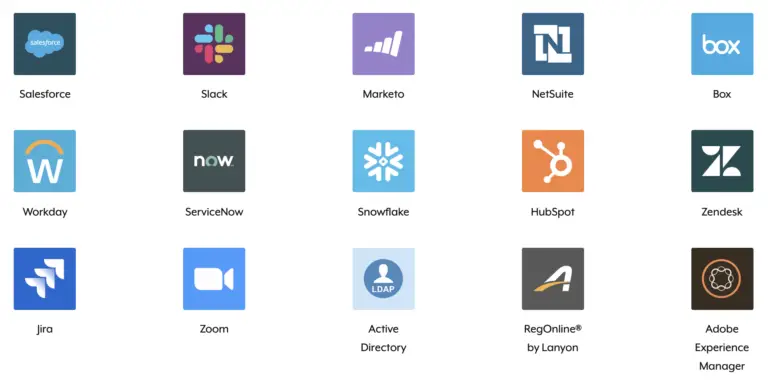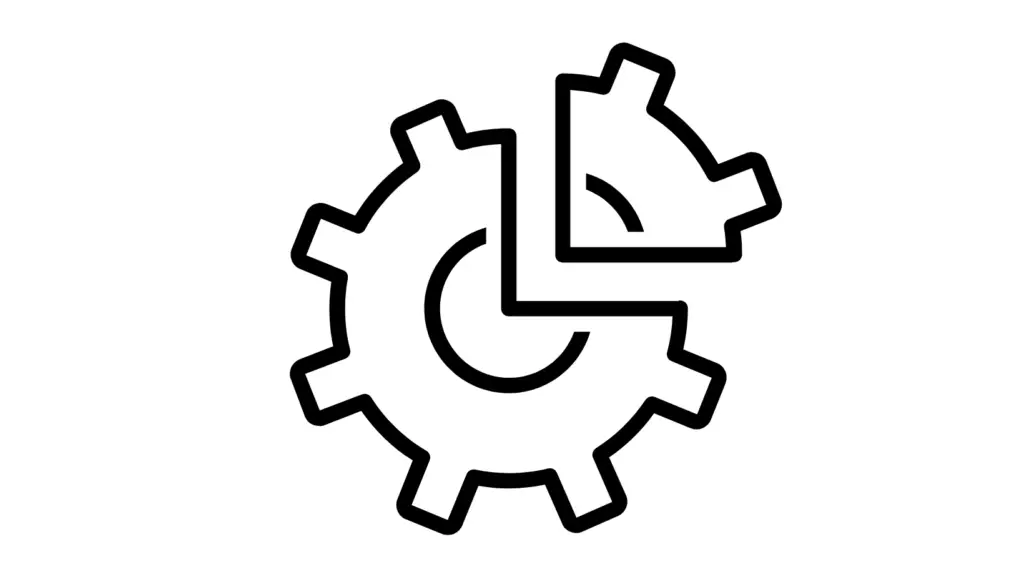You may be curious to know how to customize apps for your business without prior knowledge of coding.
Or, you may be looking for automation software to simplify your business processes.
Companies need to transform manual processes into automated transactions to save time, effort, and money.
Office-based processes are usually time-consuming and high-cost when done manually.
Therefore, switching to a low-code app development platform can reduce overhead, turnaround time, and human errors.
As the world continues to go online, it is important to keep up with the fast-changing processes of businesses.
According to Gartner, more than 50% of medium-large businesses will be integrating low-code as their essential app platform.
So, let’s find out how Retool can successfully automate and simplify workflow across enterprises and organizations
What is the Retool App Development Platform, and how does it help to customize apps and internal business tools?
Retool is a low-code platform designed for enterprises to allow them to build bespoke internal business tools such as dropdowns, text boxes, and tables. It is ideal for computer engineers, developers, and IT teams that know how to use essential database tools like Excel, SQL, and MongoDB.
Using this platform, the IT department builds an internal tool, while the non-technical team from customer support, operations, and marketing can access and utilize that tool in the “user” setting. Internal tools are built by connecting building blocks to APIs and databases.
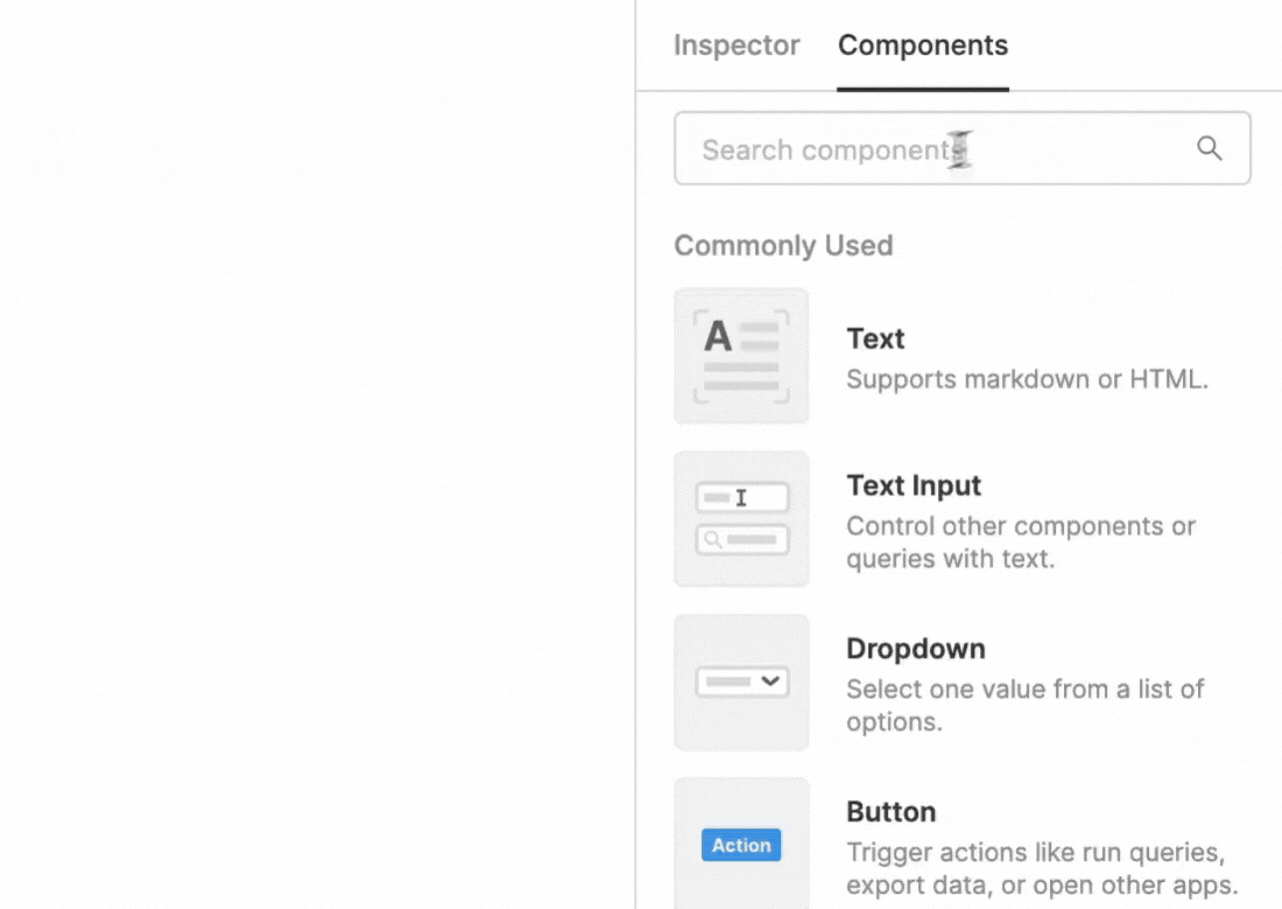
Retool connects you with specific data sources as it expects you to have basic knowledge of databases, SQL, and other tools. In addition, this low-code development platform has a wide selection of templates with over 20 options.
The template gallery contains explanatory pages and imports React or extends using JS.
Developers and engineers use Retool as a backend tool, while internal teams such as those in admin panels, product marketing, and customer support are the users.
However, this platform doesn’t allow developers or engineers to create multilingual apps.
How does Retool differ from other platforms that can customize apps?
Unlike other app development tools or platforms, Retool comes with “editor mode,” which allows users to design a user interface and write queries. Depending on the plan you choose to use, this platform offers various functions that make it different from other software programs.
For instance, it enables you to utilize the query library and create share, and retrieve queries for APIs or databases. If you set it in user mode, the platform allows you to build or customize apps beyond the editor interface. This gives you revision history and versioned releases that allow you to easily revert the app when needed.
Moreover, you can create user groups while assigning each group to certain permissions in the app.
The platform also provides audit logs that allow you to check all written queries including writing and reading from databases and APIs.
Another great thing about Retool that makes it stand out from the rest is that you can control it with Git. Meaning, the team from this platform will work with you to create custom connectors.
Subscribers will receive dedicated success managers and even shared Slack channels with the Retool team.
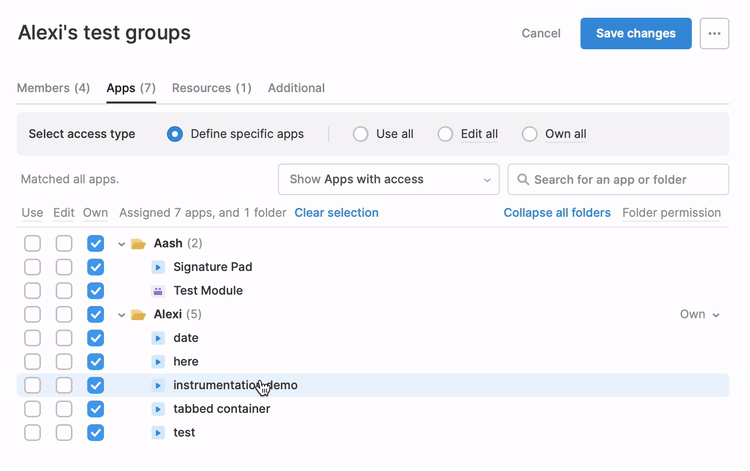
Who is Retool for?
Employees who are a little bit tech-savvy and willing to learn how to simplify and automate their processes can take advantage of the Retool platform. In addition, managers who are tired of supervising their teams to do manual tasks with traditional software systems can benefit from this app development program.
If you’re a manager of an enterprise or a large corporation, it’s beneficial to use a low-code platform designed for your business processes and needs. Retool is also perfect for both developers and engineers who know about database and scripting languages like SQL and Javascript.
For those who are looking to use a platform to customize apps and build internal business tools that allow the creation and sharing of relational databases, Retool is one of the best options. With an easy-to-use interface and quick database spin-up, this platform is a must-have for IT departments in organizations and companies.
Other common benefits of this platform include storing, organizing, and collaborating data such as product inventories and employee records.
In your dashboard, you can also make interactive visual analytics to ensure your business is on the right track.
The dashboards are designed to support easier data conversion into understandable and interactive graphics for non-technical end-users and analysts. They are focused on visualization but don’t work with any unclean data. The key to making the most out of the dashboards is to properly clean your data in the internal database.
Which existing platforms can be integrated with Retool
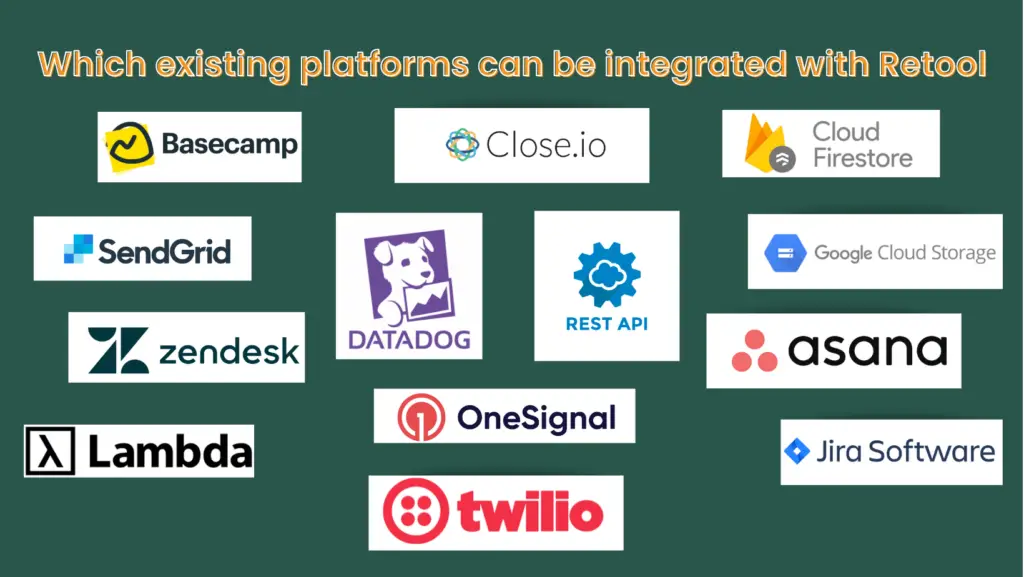
The best thing about Retool is that you can connect it with any existing platform with APIs. It connects to almost anything with GraphQL or REST API.
With an increasing number of native integrations, this platform is faster to connect with any data source.
In addition, Retool can also be integrated with Salesforce or any SQL server you want. That way, you can develop customized features with the team from Retool.
Here is a list of the API integrations you can do with this app development platform:
- Asana – a collaborative project management tool.
- Basecamp – a web-based work management tool.
- Close.io – a sales productivity program with inbuilt SMS, email, and call.
- Datadog – a cloud-scale app monitoring service.
- Firestore – a Firebase NoSQL backend service with real-time inbuilt updates.
- Google Cloud Storage – a universal, highly durable, and scalable object storage.
- Jira – an agile development issue monitoring tool.
- Lambda – runs code without using a managing server.
- OneSignal – an API for sending a mobile push notification, in-app and email messaging, SMS, and web push.
- REST API – an architectural API that allows users to build API endpoints.
- SendGrid – customer communication program for marketing and transactional email.
- Twilio – an API for sending and receiving voice calls and SMS.
- Zendesk – builds successful software for support teams.
On the other hand, there are database integrations that you can do with Retool.
The following are the most common database APIs that can be integrated with this app development platform:
- AWS Redshift – a fully-managed, petabyte-scale database service.
- BigQuery – a fully managed, data warehouse without a server.
- CouchDB – allows to access data through an internationally distributed server cluster.
- Denodo – offers a data virtualization level on existing databases.
- Elasticsearch – a distributed, REST-based analytics and search engine.
- Google Sheets – designed for creation and collaboration on spreadsheets.
- MySQL – an open-source relational data management system.
- Oracle – a relational, multi-model data management system.
- PostgreSQL – an open-source relational data management system.
- Redis – an open-source, built-in memory data storage.
- Snowflake – a cloud database platform accessible globally on GCP, Azure, and AWS.Vertica – a distributed, private column-store DBMS.
These are only some of the API and database integrations you can use with Retool. You can find the complete list in the Retool Integrations section. With plenty of options you can use, it’s easier to find the right tools so you can build customized features for your business apps.
Is Retool worth an investment?
Choosing an application development platform is not an easy task. There’s a wide selection of features to choose from.
However, if you want a more affordable low-code platform to automate your business apps including internal tools, automation, apps, process apps, and data collection apps, Retool can provide you with great results.
Even complex apps that involve RPA or AI can be built with the Retool platform.
So before you decide to automate your business processes and eliminate manual software systems, make sure to consider this unbiased review of Retool.
Are you ready to simplify your workflow? Switching to this automation tool could be the best decision.
*Featured Integrations*
What is Slack?
Slack is a great business communication tool to be used among team members working in one organization or on one common project, regardless of where they are located.
Check out our article here – Slack: An Excellent Communication Tool For Remote Teams

